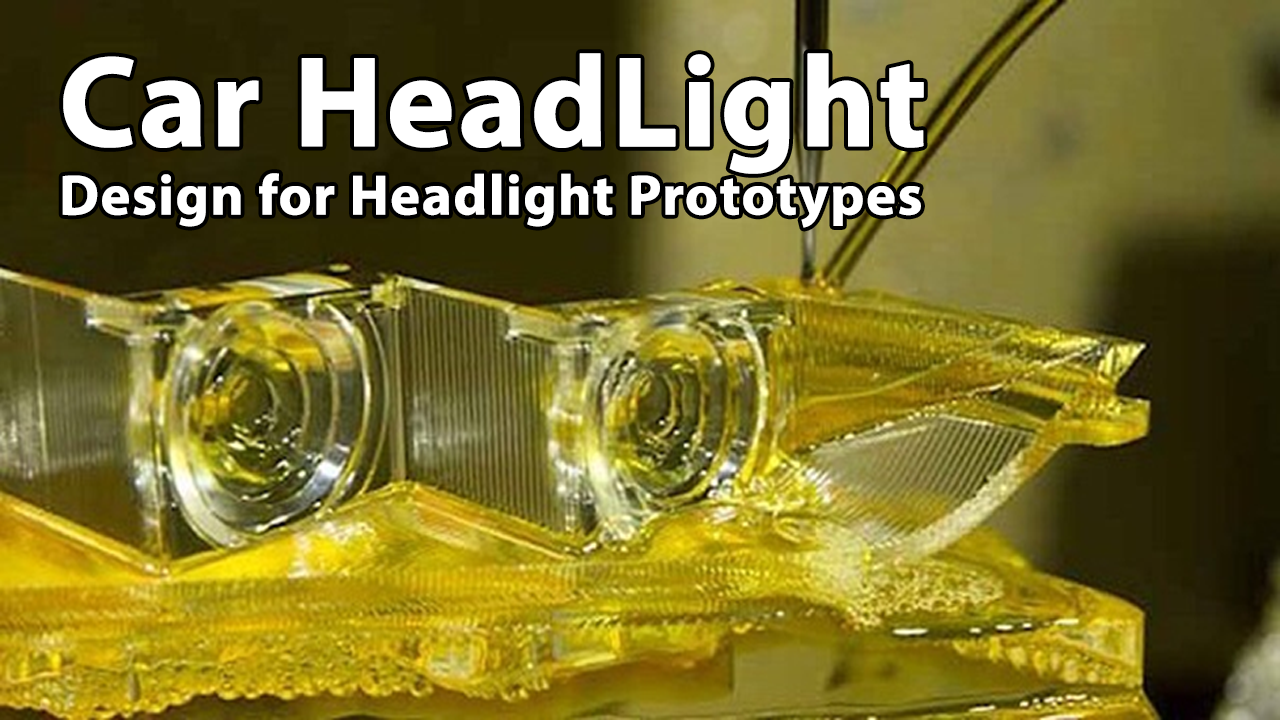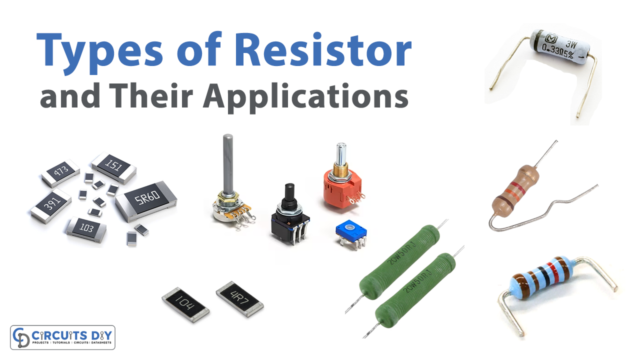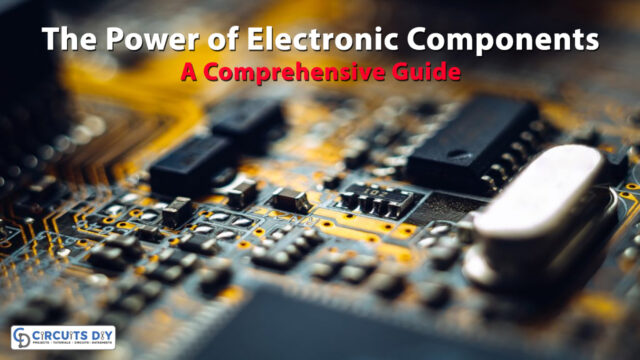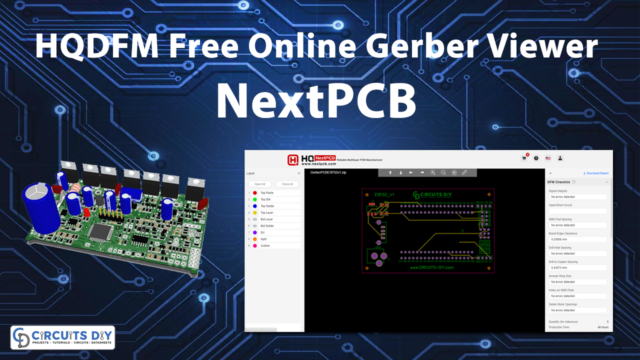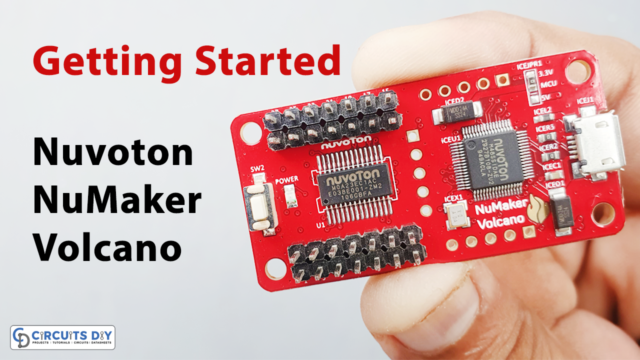An estimate of about 72 million cars comes into the automobile market newly made, each with a different design according to its respective model. Although each one has a unique design, the car light guide is an important automotive part that never changes but is constantly improved.
The car light guide is a tube made from polymers like polycarbonate and acrylic. It functions uniquely as when you put a light source on one of its sides, the light automatically becomes transmitted along the whole tube. Although the light transmission looks simple, car headlights have a complex design that necessitates choosing the right manufacturing process and machine. For example, many automotive part manufacturers prefer outsourcing to a 5 axis CNC service due to the compatibility with the complex product design. Aside from CNC machining, this article will talk about the process of creating light guide designs and other things you need to know.

Design
The design is the most important thing to note when creating a car light guide. On the one hand, the design should show an innovative position and aesthetic approach. On the other hand, there is a need to have an idea about a few requirements of the process. Below are a few non/technical points highlighted that can help you ensure a successful operation
- Manufacturing process: Your choice of manufacturing process plays a role in the headlight’s design and form (prototype/real). One way you can optimize your choice after considering their properties, as discussed below, is to ensure you choose the better CAD modeling software. For CNC machining, software such as Fusion and AutoCAD is an effective way.
- Bubbles and Distortion: You can aid better light transmission (up to 50%) in the tube by removing bubbles or other physical distortion. This is important to note during and after manufacturing, as checkups must be mounted to ensure that.
- Smooth inner surface: During the manufacturing process, ensure that the inner surface of the tube is smooth. This is important for improvement in light transmission.
- Surface finishing: The light guide’s tube surface finish should be closer to Ra of 0.32 microns
Light guide prototype and real-time manufacturing process

Although CNC machining is a common light guide manufacturing process, several manufacturing processes are applicable for such parts. Below is an introduction (a form of summary) of the processes you can employ in making such parts:
- Injection molding
Arguably the most common light guide manufacturing process when looking at mass production of automotive parts. It involves creating a mold with the intended design of the light guide and injecting molten plastic (acrylic or polycarbonate) into the mold.
On cooling and ejection, this will form the light guide. Injection molding is fairly accurate, but it is advantageous over other methods based on its high support for mass production. Hence it is more suitable for real-part production.
- Vacuum Casting
Vacuum casting is the manufacturing process more applicable for working with acrylic glasses in making light guides (although it is suitable for other materials) due to the need to eliminate air entrapment. It involves using a vacuum to draw the molten plastic into the mold.
Due to the mechanism involved, air entrapment is eliminated, which boosts its use in making headlights. Furthermore, the process is suitable for making light guides from fiber and wire-reinforced plastics. However, it is a very expensive process and only supports low-volume production.
- CNC Machining
Unlike the previous two methods, CNC or traditional machining does not require the melting and cooling of the plastic polymer. As a result, they are more accurate. Also, unlike the others, especially vacuum casting, machining the plastic will reduce the clarity. As a result, the process is more suitable for prototyping than real part manufacturing. Furthermore, choosing the right CNC machining service is important for a cost-effective process, as seen in the rush of major automotive part manufacturers for CNC machining in China
Post-processing procedure
Post-processing is a very complicated part of light guide manufacturing because there should be no mistakes. If there is a mistake, you will need to start manufacturing from the beginning. The common post-processing procedure for making headlights prototypes is:
- Machining: Here, you will use a 5-axis CNC machine to make the part look glass-like. Using a 5-axis machine is important due to the complexity of the light guide as they can move along and rotate on three axes.
- Polishing: it ensures the prototype headlight surface is uniform. There are several ways for polishing depending on the part quality, varying from sandpaper with 400 to 600 grit to 1500-2000 grit.
After the post-processing, you will have a transparent surface with optical properties similar to plain glass. Furthermore, it has a higher tensile strength which makes it impact and collision resistant to a degree
Testing the headlight procedure
After making a headlight, the next important process is to estimate its efficiency, function, and properties. There are several tests, but most OEMs would recommend using photometry as it allows you to measure the light properties and its perception by humans.
Photometry involves a special system consisting of the following:
- The prototype mounted on a special turntable
- A screen consisting of a window is used to estimate a part of the light
- A photometer is placed behind the window, and sometimes an optional spectrometer placed to determine the light warmth
The lamp prototype is turned on, and the measuring equipment scan and records its properties. While recording, the operator rotates the turntable while the photometer is in a position close or far from the window. The final results can perfectly determine the luminous energy of the light guide.

If the light guide result is not what you want, you don’t need to restart machining. You can place the light source so that the angle between the tube surface and where the light is pointed is smaller. By doing this, the light will reflect at a larger angle and constantly on the tube’s surface. Thus, more rays will penetrate the plastic too.
Conclusion
This article post discussed light guide design to help you in automotive part manufacturing. Headlights are the eyes of a car as they function and aid driving at different times of the day. They come in different designs, which necessitates having the right manufacturing process. For example, CNC machining is popular due to its precision and accuracy while vacuum casting is popular due to eliminating air entrapment. Aside from manufacturing, testing is important to check the properties of the produced light and its perception by the human eye.


